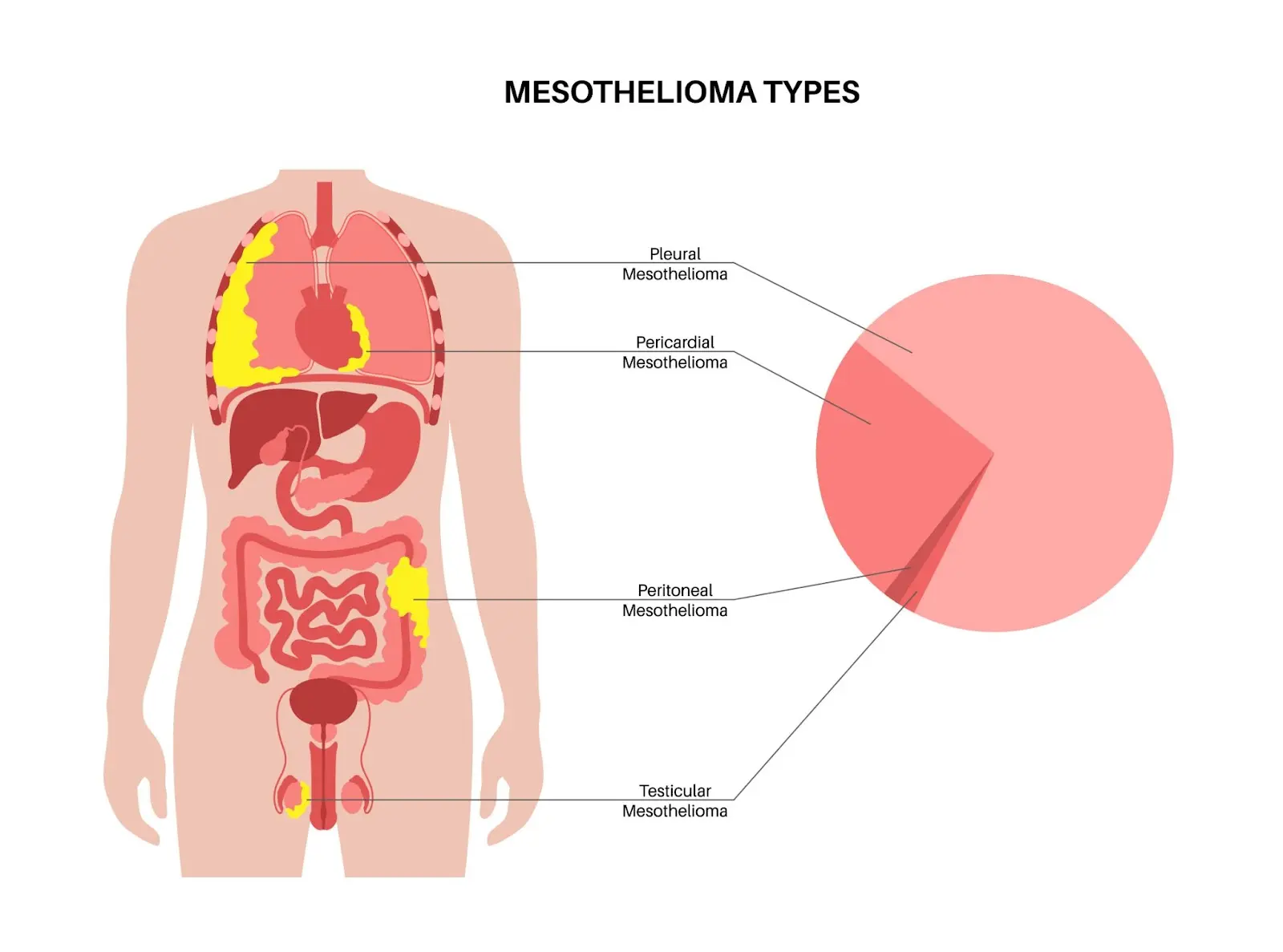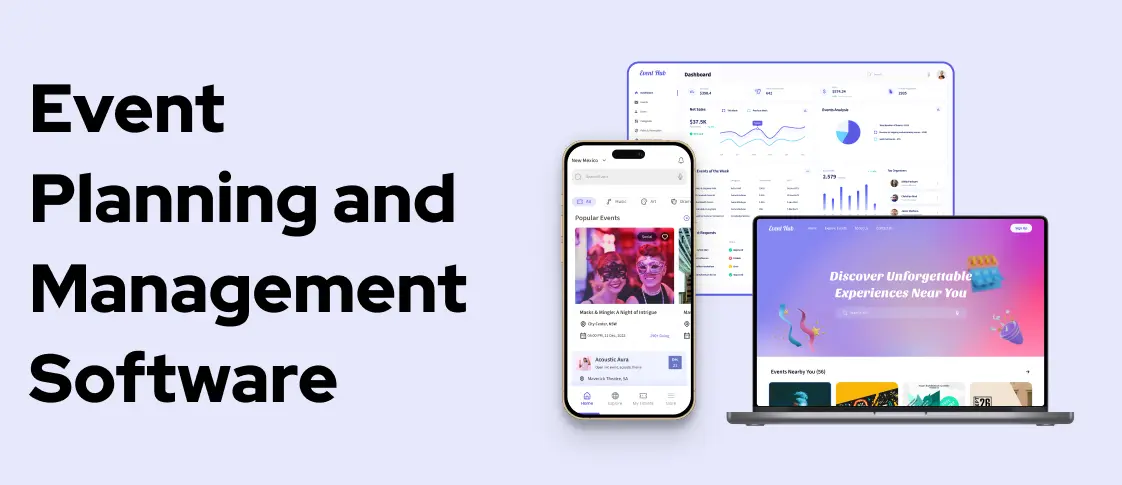Modern Distance Learning Options for 2025
In 2025, modern distance learning options will revolutionize education with advanced online courses, interactive virtual classrooms, and personalized learning pathways. Students will benefit from flexible scheduling and access to global educational resources, enabling a more inclusive and diverse learning experience. This evolution will empower learners to achieve their goals from anywhere in the world.
The landscape of education is evolving rapidly, and by 2025, modern distance learning options will offer unprecedented flexibility and accessibility. With advancements in technology, students can engage in distance learning programs that cater to diverse needs and learning styles. Here’s a closer look at what the future holds for distance learning.
The Rise of Hybrid Learning Models
By 2025, hybrid learning models will become the norm in online education. These models combine traditional face-to-face teaching with online instruction, allowing students to benefit from both worlds. Institutions will offer courses that allow learners to attend lectures in person while completing assignments and projects online. This approach not only enhances engagement but also accommodates different learning preferences.
Personalized Learning Experiences
Distance learning programs will increasingly focus on delivering personalized learning experiences. Advanced algorithms and artificial intelligence will be employed to analyze student performance and tailor educational content accordingly. This means that students can progress at their own pace, receiving customized resources that cater to their individual strengths and weaknesses. The result will be a more effective and enjoyable learning journey.
Enhanced Interactive Learning Tools
In 2025, the use of interactive learning tools will significantly enhance the distance education experience. Virtual reality (VR) and augmented reality (AR) technologies will play a crucial role in creating immersive learning environments. Students will be able to explore complex subjects, such as science and history, through interactive simulations. This hands-on approach will deepen understanding and retention of knowledge.
Global Learning Communities
Distance learning programs will foster global learning communities, connecting students from various geographical locations. Collaborative projects and discussions will enable learners to gain different perspectives and cultural insights. Online platforms will facilitate networking and collaboration, allowing students to work together on projects regardless of their physical locations. This global interaction will enrich the educational experience and prepare students for an increasingly interconnected world.
Micro-Credentials and Modular Learning
As the job market evolves, so too will the educational offerings. By 2025, micro-credentials and modular learning will gain popularity within distance learning programs. These bite-sized courses will allow learners to gain specific skills and knowledge quickly. Students can earn badges or certificates for completing these micro-courses, demonstrating their expertise to potential employers. This modular approach will provide flexibility for working professionals seeking to upskill or change careers.
AI-Powered Tutoring Systems
Artificial Intelligence will revolutionize the tutoring experience in distance learning programs. By 2025, AI-powered tutoring systems will be widely available, offering personalized support to students. These systems will analyze students' learning patterns and provide real-time feedback, helping them overcome challenges and understand complex concepts. As a result, learners will have access to 24/7 assistance, ensuring they can succeed in their studies.
Flexible Learning Schedules
The flexibility of distance learning programs will continue to expand, catering to the diverse schedules of students. By 2025, institutions will offer asynchronous courses that allow learners to access course materials and complete assignments at their convenience. This flexibility is particularly beneficial for working adults and those with family responsibilities, enabling them to balance their education with other commitments.
Expanded Access to Resources
Modern distance learning options will provide students with expanded access to a wealth of resources. Online libraries, research databases, and digital textbooks will become standard components of distance education. Additionally, institutions will collaborate with industry leaders to offer exclusive access to webinars, workshops, and expert lectures. This comprehensive array of resources will empower students to deepen their understanding and engage more fully with their coursework.
Table: Comparison of Distance Learning Programs in 2025
| Feature | Traditional Distance Learning | Modern Distance Learning (2025) |
|---|---|---|
| Learning Environment | Static online modules | Interactive, immersive experiences (VR/AR) |
| Personalization | One-size-fits-all | AI-driven personalized learning paths |
| Collaboration | Limited to forums | Global learning communities and real-time collaboration |
| Flexibility | Fixed schedules | Asynchronous learning with flexible deadlines |
| Assessment | Standardized tests | Micro-credentials and skills-based assessments |
In conclusion, the future of distance learning in 2025 promises to be more dynamic, accessible, and personalized than ever before. As technology continues to advance, students will have the opportunity to engage in distance learning programs that cater to their individual needs, ensuring a richer educational experience. Embracing these modern learning options will be crucial for both learners and educational institutions as they navigate this transformative landscape.
Explore

How AI Tutors Are Reshaping Online Learning in 2025
Mastering Precision: The Art and Science of Modern Machining

Mesothelioma Treatment Options: What Patients Need to Know

Understanding Childhood Asthma: Symptoms, Causes, and Treatment Options

Event Planning Software for Small Teams: Affordable and Effective Options

Find the Best Assisted Living Options Near You

Top Dental Insurance Options for Complete Coverage

Guide to Hairline Restoration Options Near You
